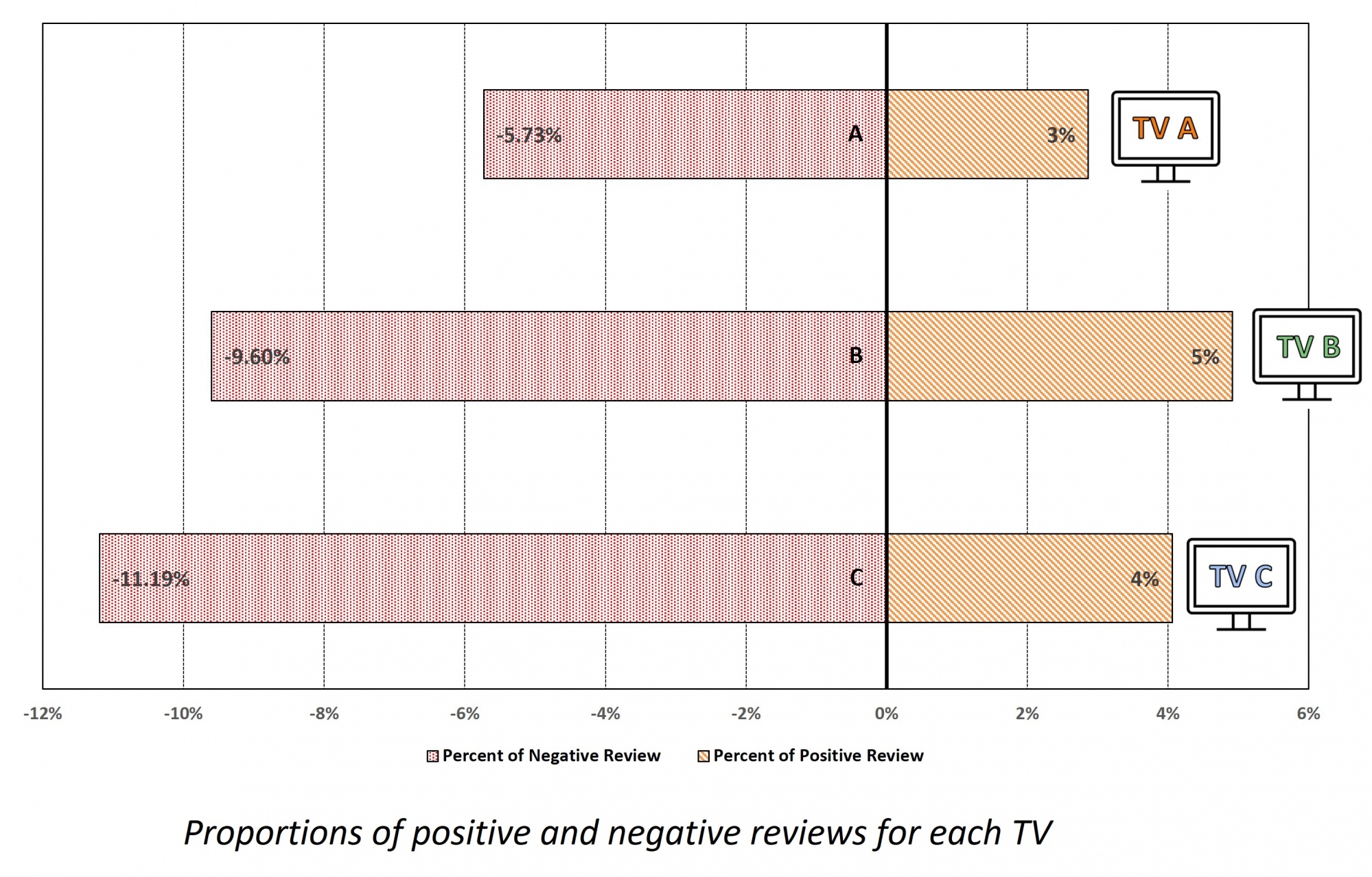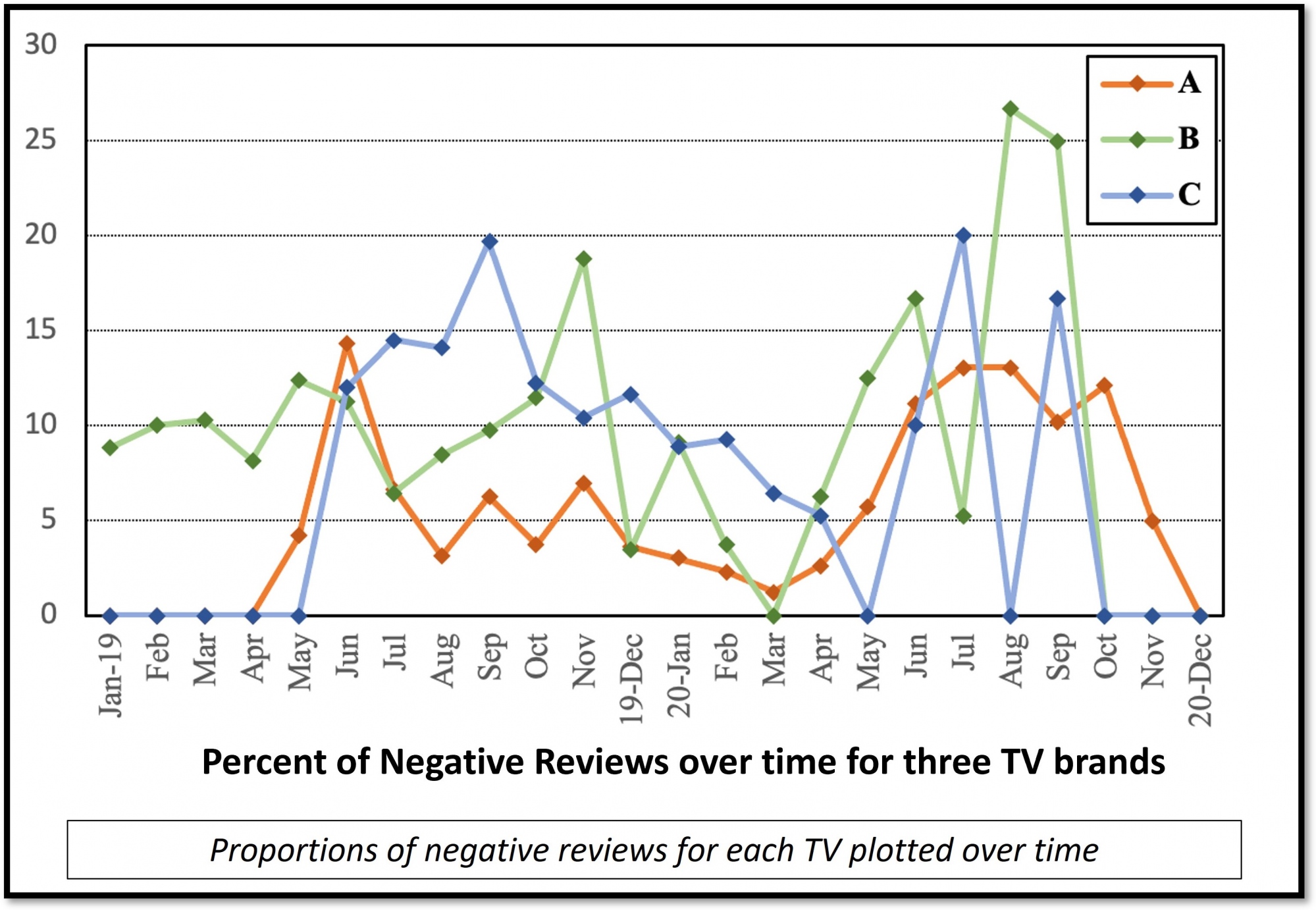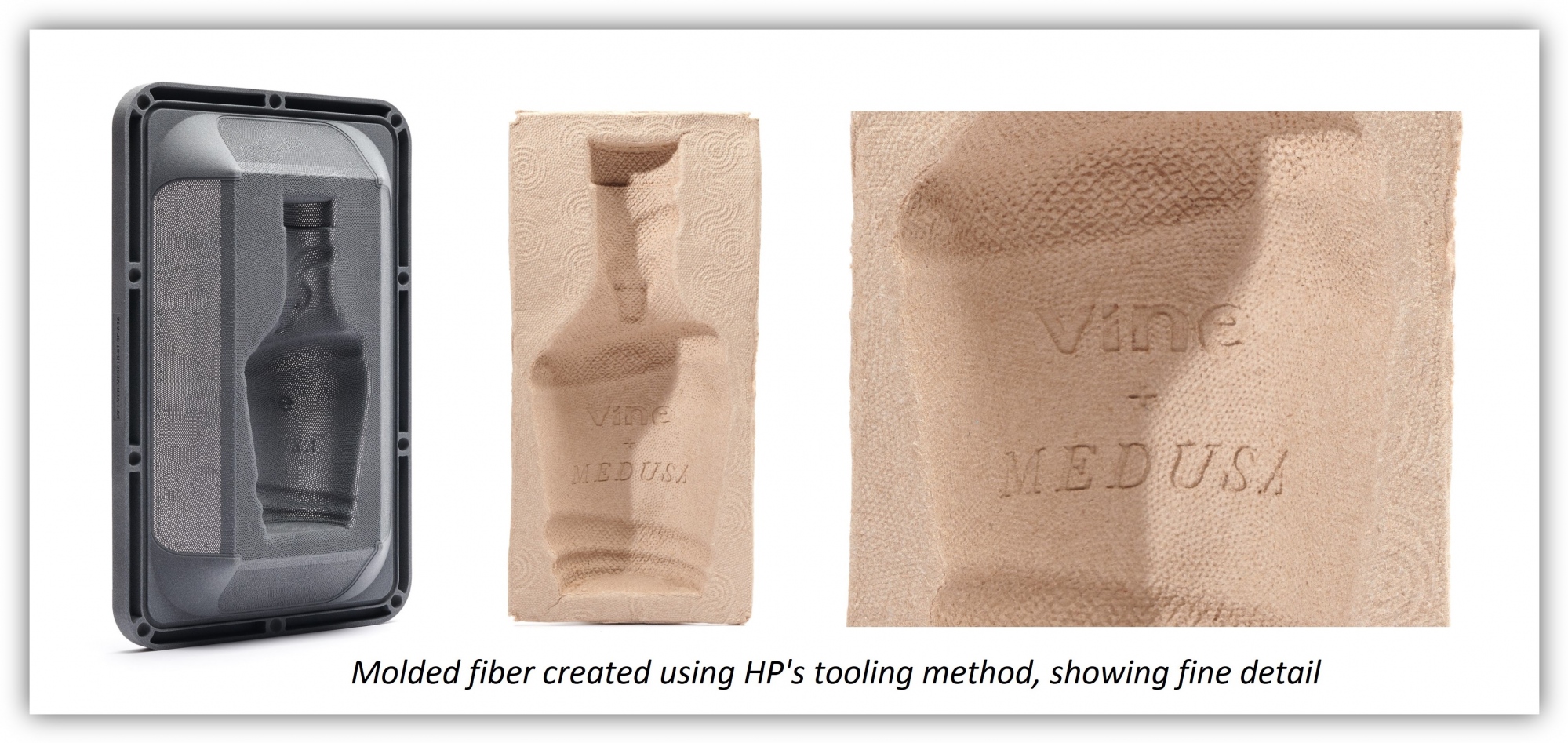News Items - International Association of Packaging Research Institutes
| New approaches to old challenges The second of our reports on inspiring presentations from the June IAPRI online Conference focuses on two very different areas where technology is offering radical alternatives to traditional methodologies. Of the two papers from IAPRI’s June Conference outlined here, one uses digital technology to reconfigure a packaging production process – specifically, molded fiber – while the other applies digital data of a very different type to more general processes of packaging evaluation. As is also the case with other papers, members who registered for the Conference can still view these presentations through the Whova app. Michigan State University’s (MSU’s) Euihark Lee actually delivered two papers for the June Conference and, coincidentally, one of these also looks at molded fiber – in his case, examining topology optimization as a part of the design process. But the presentation we will focus on here takes its lead from quite a different form of technology. Natural Language Process (NLP) is a branch of AI used in functions such as spell-checking, speech-recognition and machine translation, but also – as we will see here – in sentiment analysis. Lee worked on his paper ‘Packaging Evaluation using NLP for Customer Reviews’ with PhD candidate Shiva Esfahanian. As he explains, in the conventional packaging design model, the starting design is analyzed for feasibility then, once a prototype is produced, there is a heavy reliance on tests to demonstrate fitness-for-purpose. Any new variant or modification will have to go through a similar battery of tests. “We all know this is a very time-consuming and cost-consuming process,” says Lee. “And my question starts here. Is there any new method that can replace this type of testing or perhaps work together with it?” His novel approach to pack evaluation utilises the sentiment analysis function of NLP. It starts with web-scraping, typically using one- and two-star customer reviews. The data collected then has to be prepared, undergoing the processes of tokenization (separating into words) and lemmatization (taking each word back to its base form). A Key Words Library is used to deduce which words relate to packaging, and sentiment analysis is applied to the overlap to identify whether given sentences are positive or negative.  The Naïve Bayes formula, based on the Bayesian Theorem, can be used to calculate the probability of whether previously-used words are being applied positively or negatively in a given comment. The Naïve Bayes formula, based on the Bayesian Theorem, can be used to calculate the probability of whether previously-used words are being applied positively or negatively in a given comment.Lee cites the example of three TVs, each of which had a minimum of 8,000 online reviews. From these, the probable packaging failure rate for each TV was deduced using NLP analysis. As he explains, each manufacturer will have its own assurance level which may, for example, factor in failure rates of up to 5% or 10% . “This way, you can verify whether your current design meets your assurance level,” says Lee. “If not, you may need to redesign your packaging.” Further analysis will identify which words (or problem areas) recur most frequently. Negative comments can, alternatively, be tracked over time, potentially to relate performance to changes in packaging. In conclusion, Lee says: “I don’t think this method can completely replace our current packaging evaluation process, but hopefully it can provide supplementary material to identify packaging problems, so maybe we can skip some actual physical testing processes.”   Digital disruption Molded fiber solutions architect at HP John Briden used a Sponsor Spotlight presentation to explain why – and how - the company is investing so heavily in improving the forming systems that this type of packaging depends on. His paper is entitled: ‘Using HP Multijet Fusion (MJF) technology to digitally disrupt molded fiber tooling for a more sustainable packaging industry’. It demonstrates how a technology-provider serving industrial as well as consumer markets can engineer radical changes to its own packaging provision in a short timeframe. “This is helping HP accelerate its move away from single-use plastics (SUP) in its packaging,” Briden explains. Corporate undertakings in 2019 committed HP to eliminating 75% of its SUP by 2025. Traditionally manufactured using a manually-produced perforated screen, molded fiber has – arguably – never needed to improve either its quality or operational efficiency up to now. Or as Briden puts it, this is an industry “that hasn’t evolved much in decades”. But he adds: “There are lots of pain points that the industry has been looking to relieve for some time.” He begins by outlining HP’s MJF 3D printing technology which, in this application, puts down a layer of thermoplastic powder about 80 microns thick. It then uses the inkjet technology that the company has worked at improving for so long for its 2D printing to deposit layers of what Briden describes as “agent”. This determines, at extremely high resolution, which parts of the plastic melt and which do not. Some types of agent absorb heat, while others reflect it.  “This allows us to make very robust parts with very fine detail,” he says. The technology’s ability to produce parts which are practically isotropic, where the strength between layers is similar to the strength across the part, is highly unusual in 3D printing, he argues. This combination of fine detail and good strength makes the technology highly suitable for producing molded fiber screens, he explains. Advantages of the HP system include the ability: to integrate hold-downs into the design, where the screen attaches to the frame for fast changeovers; to include features and detail in the molded part that traditional systems cannot; and to make the tools more efficient by using engineered fluid pathways (EFP). “EFP gives molders all sorts of options,” Briden says, explaining that strength, weight and cycle time can all be managed to meet specific needs, notably by controlling the proportion of longer, stronger fibers that end up in the part. He cites the example of two versions of the same product with the same weight. In the first, where the focus is on optimizing process efficiency, a part can be created to require 15% less material and a 10-second shorter cycle time than with traditional screens. Where the emphasis is on optimizing strength, the same 60g dry weight can yield a 10% stronger part, while cutting cycle times by 2.6 seconds. In both cases, the required specification (such as crush test) will be met. By using computational flow dynamics (CFD), HP has taken huge strides in evening out flow distribution and fiber deposition across the screen. “The flow used to have a factor of five from the slowest areas to the highest-speed ones, and that delta in velocity is very important in understanding how fiber gets laid down,” says Briden. “We were able to reduce that delta down to just 2X.” During the question-and-answer session, he concludes: “Our technology is mimicking the architecture that works in the industry for mass production, but brings the additional value of actually being able to easily replace or swap out a screen.” Other technologies have failed to do this, he argues. As we know, even the most established methodologies may benefit from a fresh approach, sometimes from the most surprising of directions. Published: 07/29/21 |